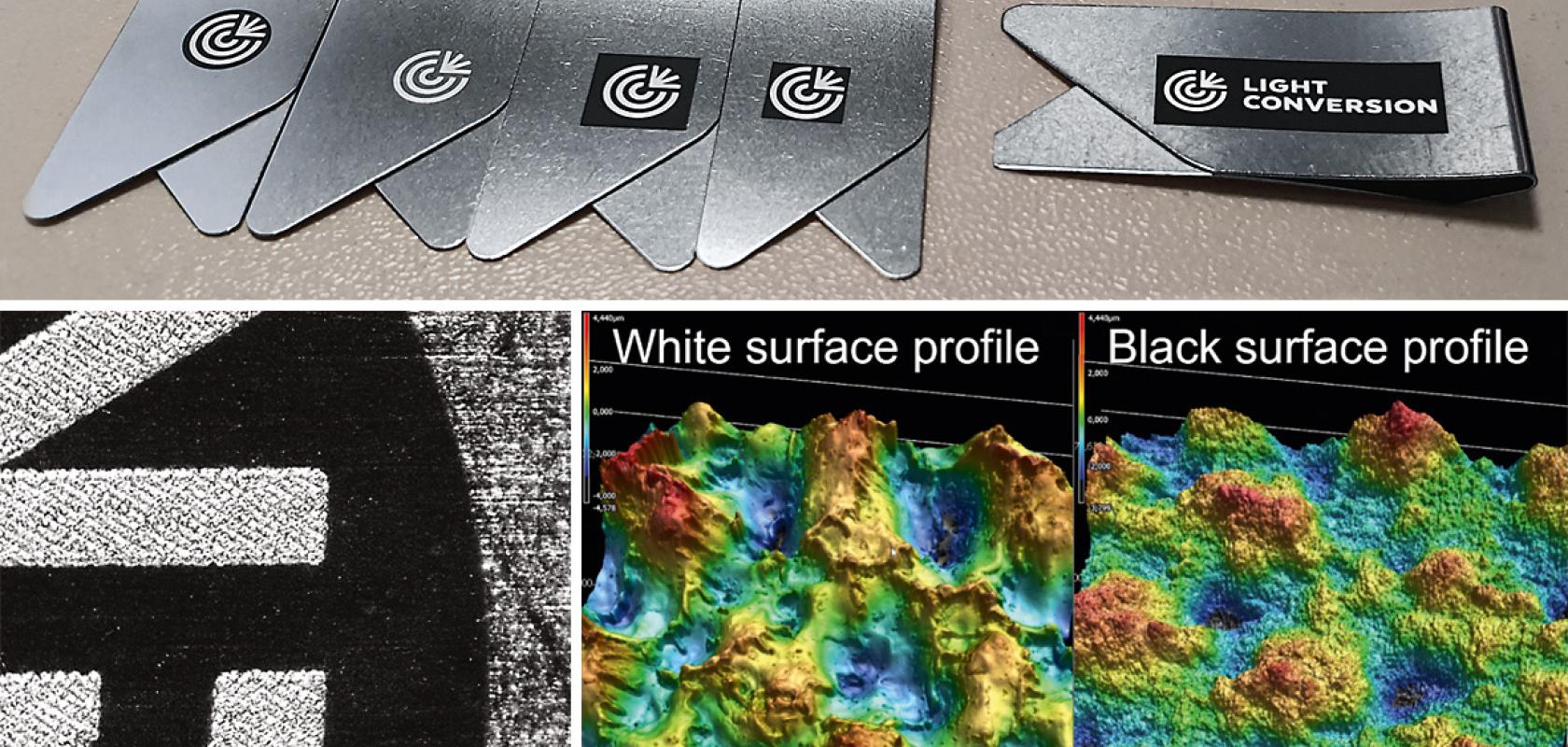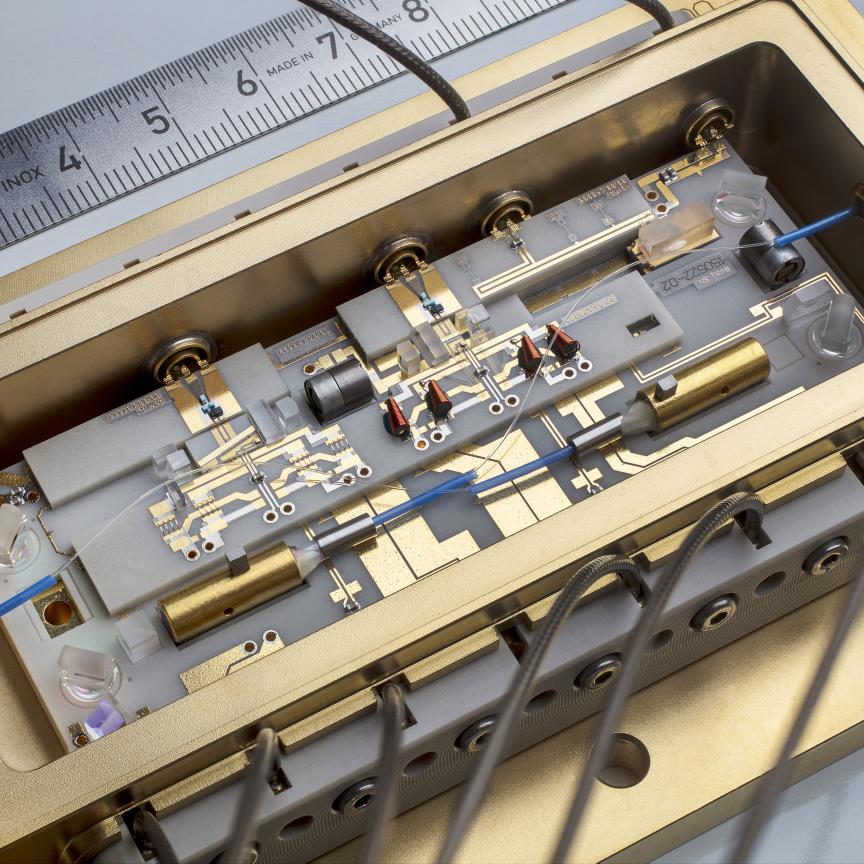Femtosecond lasers are highly versatile tools that enable unique material processing capabilities. To accompany the needs of the industry, a trend towards high-average-power femtosecond laser systems for micromachining has recently become apparent. However, upscaling the power is not quite so straightforward, as it may also lead to a decrease in the micromachining quality. Thus, new methods need to be developed to increase the efficiency of ablation-based processing.
Alternative ablation methods
One such method is the burst technology that allows the splitting of a singular femtosecond pulse into a train of pulses separated either by several hundred picoseconds or tens of nanoseconds. This means that the laser can operate in a burst regime in the MHz and/or GHz frequency domains and, as a result, this opens new frontiers for precision micromachining. Light Conversion has even taken this one step further by offering a burst-in-burst capability – called BiBurst. BiBurst is a tunable GHz and MHz burst with burst-in-burst capability; 1 kHz-2MHz carrier frequency; 19fs-20ps tunable pulse duration; an adjustable intra-burst amplitude slope and an adjustable number of pulses in GHz and MHz burst.
Pharos and Carbide femtosecond lasers have an option for both tunable GHz and MHz bursts at once, obtaining equally separated pulse packets with sub-packets of pulses. The number of pulses in each burst regime can be easily selected by software control.
The burst-train intensity envelope is also configurable from declining to quasi-flat to inclining. Many degrees of freedom enable the user to quickly find the optimal material processing recipe for their application, a great example being the high-contrast marking of stainless steel. By changing the laser burst pulse parameters, one can induce different surface modifications and, subsequently, change the surface scattering and absorption parameters of the material; thus, obtaining different colours, as shown above. The control between micro- and nanostructure density can be done only by using burst mode.
BiBurst in action
Research groups at Vilnius University carried out a series of extensive experiments, which showed that the white appearance surfaces can be achieved on substances such as stainless steel with multiple parameter conditions as long as at least two or more either GHz mode or BiBurst sub-pulses are used, whereas the grey and black surfaces can be achieved using the MHz mode as well. Light Conversion’s BiBurst solution was used to produce bursts of femtosecond pulses temporally separated in the ~100ps–10ns timescales with a central wavelength of 1,030nm.1
Furthermore, MHz and GHz burst enables not just high contrast black-and-white marking1 but also high-precision polishing2,3, semiconductor ablation4, and many more ingenious applications yet to be defined. Pharos and Carbide lasers with the BiBurst option bring new capabilities to high-tech manufacturing in consumer electronics, luxury goods, integrated photonic chip manufacturing, as well as automotive and aerospace industries.
References
1 Butkus, Simas, et al. ‘High-Contrast Marking of Stainless-Steel Using Bursts of Femtosecond Laser Pulses.’ Micromachines 14.1 (2023): 194. https:// doi.org/10.3390/mi14010194
2 Andriukaitis, Deividas, et al. ‘Fabrication of Microfluidic Tesla Valve Employing Femtosecond Bursts. Micromachines 13.8 (2022): 1180. https://doi. org/10.3390/mi13081180 3 Gaidys, Mantas, et al. ‘Efficient surface polishing using burst and biburst mode ultrafast laser irradiation.’ RSC advances 13.6 (2023): 3586-3591. https://doi. org/10.1039/D2RA05208C
4 Obata, Kotaro, et al. ‘GHz bursts in MHz burst (BiBurst) enabling high-speed femtosecond laser ablation of silicon due to prevention of air ionization.’ International Journal of Extreme Manufacturing 5.2 (2023): 025002. https://doi.org/10.1088/2631-7990/ acc0e5
More information


